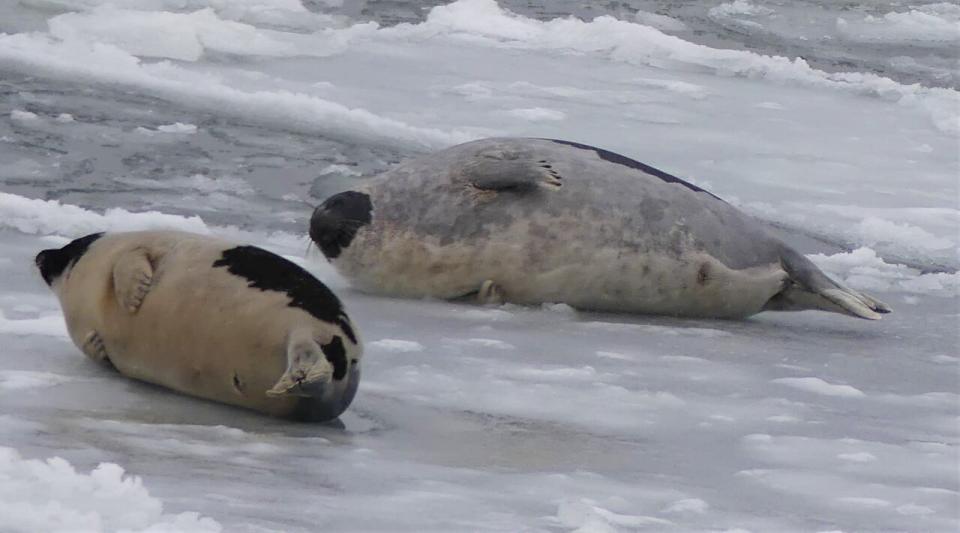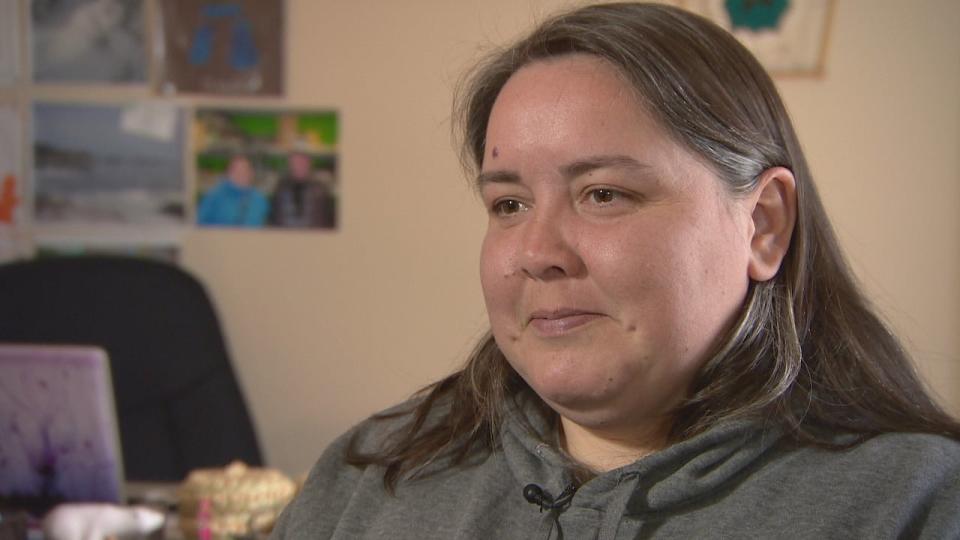Official hopes to tap into emerging Asian markets for seal products in spite of nearby bans


Jim Goudie, deputy minister of lands and natural resources for the Nunatsiavut government, says he'd like to see more effort into bringing seal products to Asian markets. (Nunatsiavut Government)
Seal products have sustained Labrador communities for generations, but getting them to market's outside of Canada can be a challenge with importation bans.
But Jim Goudie, deputy minister of lands and natural resources for the Nunatsiavut government, says there are other markets to look toward.
Seal products have been banned from European Union markets since 2009, though there is an exemption for Indigenous sourced materials, and the U.S. prohibits the purchase through its Marine Mammal Protection Act.
"In terms of culture and socially they're very important. … We've been connected to seals for time immemorial. [It's] ingrained very, very deeply into our culture. Who we are as a people," Goudie told CBC News.
"In terms of trade and commercial viability at this point, [it's] not very important."
Last month, St. John's hosted the Canada-EU summit, where president of the European Commission, Ursula von der Leyen, said she believed the EU seal product ban's exemption for Indigenous sealers was going well.
However, Doug Chiasson, executive director of the Fur Institute of Canada, said the exemption was still keeping Indigenous harvested seal products out.
From what Goudie knows, no Nunatsiavut seal products have gotten through that process, adding the ban is confusing and limited.

The EU has banned seal products since 2009 but there is supposed to be an exemption for Indigenous sealers. (Submitted by Pauline Carrier)
"When it was developed there wasn't any kind of clear segue into how we make this work. There was a lot of things that the Nunatsiavut government had to consider, if we were going to try to put the effort in to make our way into the European market," said Goudie.
Still, Goudie said the ban isn't a major economic blow to Nunatsiavut, as the European market wasn't a big seal buyer before the ban. If the ban disappeared he doesn't think a massive European market for seal pelts would open.
Rather, he'd prefer to target emerging markets, pointing to examples like India or making more inroads with China because they're very populous regions.
"I think if we're going to put any emphasis or any money into kind of developing this, then that's where we should be targeting," said Goudie.
Bans impact visitors
Inez Shiwak, arts program coordinator with the Nunatsiavut government who also makes and sells seal skin products, said it isn't easy to get into other countries. Her bracelets have gone as far as Australia, a county that doesn't have a seal ban.
But she sees potential in markets like the European Union and U.S., which both have bans in place.

Inez Shiwak is the arts program coordinator with the Nunatsiavut government and also makes and sells seal skin products. (Jean-François Bisson/CBC)
"There's so much potential to… sell all of our products, all of our seal products, outside of Canada. It's just that the EU ban affects so many things," said Shiwak, pointing to cruise ships as an example.
Prior to the start of the COVID-19 pandemic, visitors coming off cruise ships looking at local seal products wouldn't necessarily want to bring them back home, she said. As a result, she said artisans adapted, making items from things like cowhide and rabbit fur.
"It's crazy the amount of, like, profits or funds that people would be making if we could sell directly to people who are going back to the EU," said Shiwak.
Shiwak said she'd like visitors to the region to be able to buy whatever products they like and that ban puts a damper on what artists create, but she adds artists were likely more economically impacted by the COVID-19 pandemic than the EU ban on seal.
Goudie would like to see the government keep pushing for seal products abroad. He'd also like to see "solid numbers" on where the markets are and how to develop them, especially on the commercial viability for seal pelts.
"It needs to be a market that makes sense for sealers, for Nunatsiavut Inuit," he said. "I'd like to see Canada continue the push."
Download our free CBC News app to sign up for push alerts for CBC Newfoundland and Labrador. Click here to visit our landing page.


